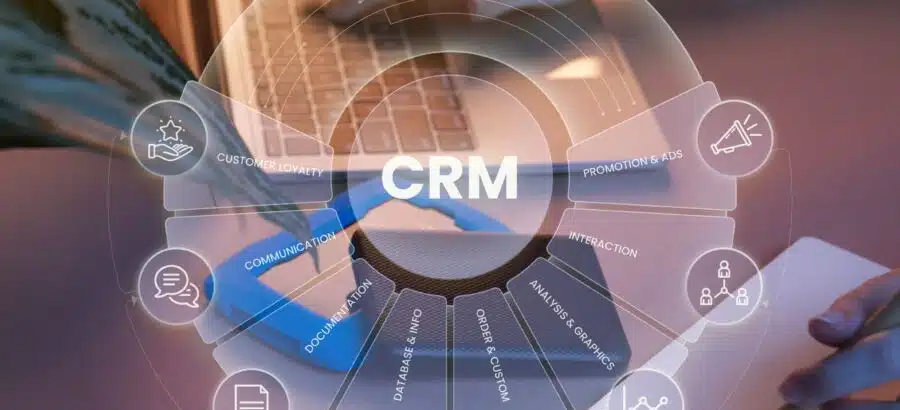Customer Relationship Management (CRM) solutions have the potential to turn around any businesses’ fortunes. However, it’s also possible that it could derail your business, resulting in an ROI loss caused by CRM.
Indeed, according to Scott Edinger of the Harvard Business Review, only one in ten CRM implementations are a glowing success. “In my work with clients,” Edinger says, “when I ask executives if their CRM system is helping them grow their business, the failure rate is 90%”.
He explains that CIOs and sales teams report the biggest challenges. The sales team reports constantly that tracking, which is one of the foundational features of any CRM, take away valuable selling time. When the sales team can’t sell effectively, you’re unlikely to hit your sales targets. The result? ROI loss with CRM!
Edinger’s numbers might be a bit high, but he isn’t wrong. Analyst firms report 30-50% of CRM implementations fail completely. That’s without counting those that are implemented successfully but fall short of original objectives.
How can you prevent this from happening? How can you make sure that the CRM you bring into your organization/company actually helps you rather than adversely impacting your workflows? How can you make sure that you’re getting a positive return on the investment? Let’s begin with why so many organizations report ROI loss with CRM.
 This is often made worse when organizations hurry to beat deadlines. It may mean the organization was rushing the process for employees to grasp the new software or limiting the training sessions to minimize associated costs. When that is the case, there will always be a few employees questioning the need for the CRM and even a few fearing that they may lose their jobs. All these can negatively impact the onboarding process which may spark unprecedented ROI loss with CRM.
This is often made worse when organizations hurry to beat deadlines. It may mean the organization was rushing the process for employees to grasp the new software or limiting the training sessions to minimize associated costs. When that is the case, there will always be a few employees questioning the need for the CRM and even a few fearing that they may lose their jobs. All these can negatively impact the onboarding process which may spark unprecedented ROI loss with CRM.
Why Companies Experience ROI loss with CRM
There are four common reasons why CRM implementations fail to meet desired objectives or fail completely;-
Poor objectives
-
Scope creep issues
-
Poor user onboarding
 This is often made worse when organizations hurry to beat deadlines. It may mean the organization was rushing the process for employees to grasp the new software or limiting the training sessions to minimize associated costs. When that is the case, there will always be a few employees questioning the need for the CRM and even a few fearing that they may lose their jobs. All these can negatively impact the onboarding process which may spark unprecedented ROI loss with CRM.
This is often made worse when organizations hurry to beat deadlines. It may mean the organization was rushing the process for employees to grasp the new software or limiting the training sessions to minimize associated costs. When that is the case, there will always be a few employees questioning the need for the CRM and even a few fearing that they may lose their jobs. All these can negatively impact the onboarding process which may spark unprecedented ROI loss with CRM.
Three Steps You Can Take to Maximize CRM ROI
Obviously, the first step is bringing in the right CRM for your needs. If it’s not the right CRM, be prepared for a lot of trouble. So, assuming that you’ve brought in the right CRM, consider the following;-
Make revenue growth your first goal
-
Bring sales and marketing together
-
Coach, coach, and coach more





